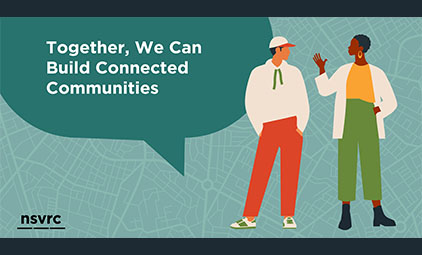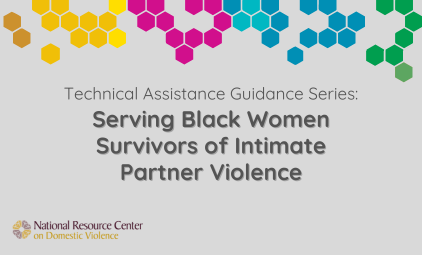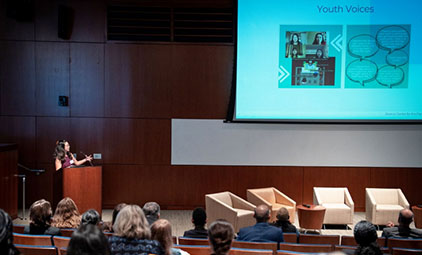As part of the ongoing effort to prevent violence against women, recent years have seen an increased interest in services for fathers who batter their children’s mothers. Research has provided compelling reasons to intervene with violent fathers, including the expanded role of today’s fathers in children’s lives (Sandberg & Hofferth, 2001); the positive psychosocial outcomes associated with involved fathers behaviors (Sarkadi, Kristiansson, Oberklaid, & Bremberg, 2008; Allen & Daly, 2007; Marshall, English, & Stewart, 2001); and the risks for psychological health associated with child exposure to domestic violence (Evans, Davies, & DiLillo, 2008; Kitzmann, Gavlord, Holt, & Kenny, 2003; Wolfe, Crooks, Lee, McIntyre, & Jaffe, 2003). Moreover, except in extreme cases, most children maintain contact with their fathers despite past or current violence (Scott & Crooks, 2004). Parenting interventions for men who batter attempt to address these realities while reducing the burden of child protection on mothers (Scott & Crooks, 2007). Ideally, such interventions improve outcomes for women and child survivors of domestic violence.
Interventions for batterer fathers are based on preliminary research into this population. The most widely recognized characterization of fathers who batter mothers describes them as hostile, demanding, and controlling (Bancroft & Silverman, 2002; now revised, Bancroft, Silverman, Ritchie, 2012); children of batterer fathers are also at greater risk of being abused (Stith et al., 2009; Salisbury, Henning, & Holding, 2009; Smith Slep & O’Leary, 2005; Edleson, 1999). Not all batterer fathers fit this profile, however; some are emotionally or physically disconnected from their children (e.g. Martin et al., 2009; Perel & Peled, 2008; Scott & Crooks, 2007; Fox & Benson, 2004); while others are able to maintain healthy and connected relationships. Until further research can be conducted, it is important to recognize that batterer fathers are a heterogeneous group with a range of characteristics and needs.
Parenting interventions for men who batter share four aspects in common:
- Use of a motivational approach to engage and retain fathers in intervention. All programs use the principles of motivational interviewing to encourage men’s reflection on intergenerational patterns of violence and draw on their commitment to being good fathers (Perel & Peled, 2008; Crooks et al. 2006; Fox, Sayers, & Bruce, 2001; Miller & Rollnick, 2002).
- Continued emphasis on the need to end violence against their children’s mothers. Men are taught that they cannot abuse their children’s mother without also hurting their children (Evans et al., 2008; Scott & Crooks, 2004; Katz & Low, 2004; Kitzmann et al., 2003; Wolfe et al., 2003). Most programs collaborate with services for battered women to ensure they are responsive to the needs and goals of victimized women and children (Scott, Francis, Crooks, & Kelly, 2006).
- Program content addressing accountability for past abuse. All existing curricula include exercises to help fathers understand the traumatic impact of their violence on their children (Perel & Peled, 2008; Scott & Crooks, 2004).
- Intervention to reduce father’s use of harsh discipline. One major aim is to help fathers develop a “child-centered” view of fathering and skills for engaging in positive and healthy parenting.
Along with these common features, the field also includes areas of controversy.
- How can we best guard against potential unintended consequences of parenting programs for men who batter? Not all fathers benefit from intervention or understand why access to their children has been restricted, and thus represent continuing risk to their partners and children (Lishak & Scott, 2012; DeGarmo, 2010; Jaffee et al., 2003). An intervention may unintentionally increase risk to women and children if participating fathers are given access to their children despite lack of real progress (Scott & Crooks, 2007).
- What is the best timing of parenting interventions for men who batter, especially in contrast to programs that specifically address domestic violence? Some recommend that parenting programs be restricted to fathers who have completed a batterer intervention program (see Caring Dads program, http://www.respect.uk.net/data/files/ respect_position_statement_on_ the_caring_dads_programme.pdf). Others argue that such a limitation can be unnecessary and even dangerous in cases where the primary physical risk is to children; individual assessment, rather than blanket restrictions, are encouraged (Ver Steegh & Dalton, 2008).
- Should parenting programs for men who batter be separated from those for fathers who have abused or neglected their children? All programs acknowledge the research showing a considerable overlap between men who batter women and men who abuse and neglect their children (e.g. Hamby, Finkelhor, Turner, & Ormrod, 2010; Jouriles, McDonald, Slep, Heyman, & Garrido, 2008; Edleson, 1999); however, they vary in the extent to which they address child maltreatment in their curricula.
- What are the perspectives of women on parenting programs for men who batter, and how can we ensure the voices of women and children victims of men’s abuse be considered in these programs? While many programs are vigilant about engaging with women’s advocates, the inclusion of women victims’ perspectives is more complex due to the unique challenges faced by battered mothers (e.g. Lapierre, 2010; LŽtourneau, Fedick, & Willms, 2007; Levendosky & Graham-Bermann, 2001). For example, battered women are often compelled to continue parenting with their batterer; parenting interventions for batterer fathers may increase pressure on mothers at the expense of mother and child safety.
There are many compelling reasons to include fathers in the efforts to end violence against women and children. When batterer fathers are not considered in interventions, mothers become solely responsible for assessing, monitoring, and responding to concerns about fathers’ parenting. Further research and strong connections to other service providers will help minimize the potential risks of parenting interventions for batterer fathers. Well-designed and collaboratively linked parenting programs for men who batter have the potential to support healthier and safer relationships between parents and children.
| Attachment | Size |
|---|---|
| Parenting Interventions for Men Who Batter | 609.22 KB |
| Parenting Interventions for Men Who Batter, an interview with Katrina Scott | 15.45 MB |













